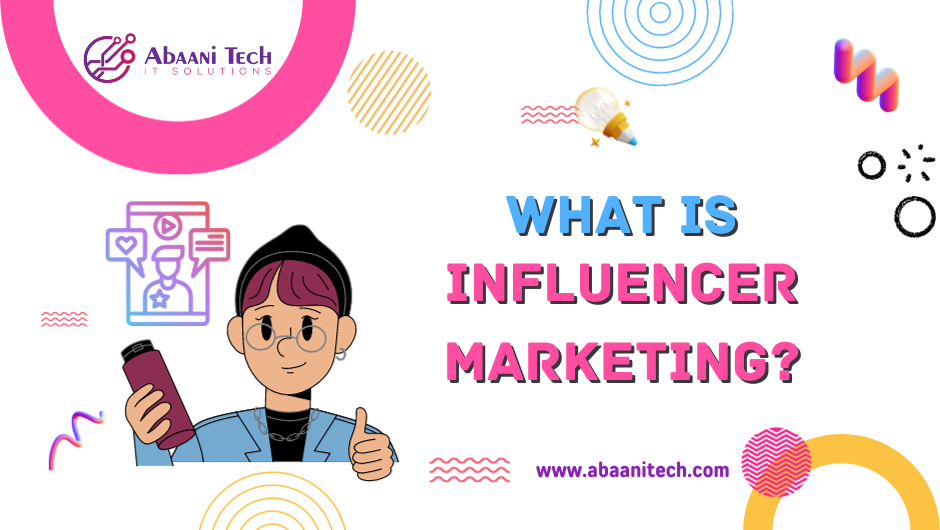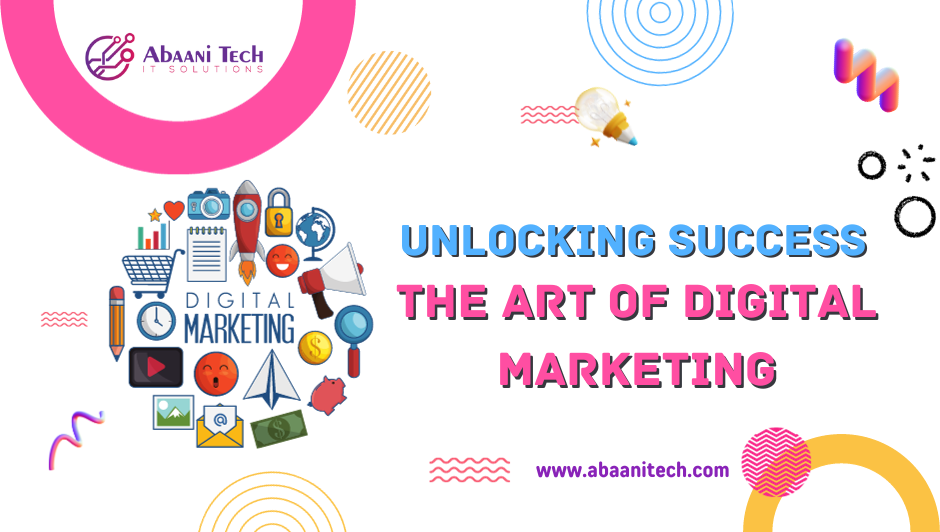How to Develop a Content Marketing Strategy in 6 Easy Steps


In today’s digital landscape, content marketing has become a vital component of any successful marketing strategy. It involves creating and distributing valuable, relevant, and consistent content to attract and engage a clearly defined audience.
However, simply churning out content without a well-thought-out strategy is unlikely to yield the desired results. To truly succeed in content marketing, one must develop a well-defined content marketing strategy that aligns with the business objectives and resonates with the target audience.
What is Content Marketing Strategy?
A content marketing strategy is a comprehensive plan that outlines the goals, target audience, content types, distribution channels, and metrics for measuring success. It serves as a roadmap for creating, publishing, and managing content to achieve specific marketing objectives.
Know the Importance of Having a Content Marketing Strategy
Having a well-crafted content marketing strategy offers several key benefits. It ensures that the efforts put into content creation are focused and purposeful, increasing the chances of attracting and retaining a loyal audience.
Moreover, a strategy helps in maintaining consistency and brand voice across different platforms, enhancing brand recognition and credibility.
We have to follow these six easy steps to make an efficient content strategy.
Step 1: Defining Your Goals
Before diving into content creation, it is essential to define clear and specific objectives for the content marketing efforts.
Setting Specific Objectives
The first step in developing a content marketing strategy is setting clear and specific objectives.
What do you want to achieve with your content marketing efforts? Are you looking to increase website traffic, generate leads, improve brand awareness, or establish authority in your industry?
Setting measurable goals enables you to track progress and assess the effectiveness of your content marketing strategy.
Identifying Target Audience
Once you have set your goals, the next crucial step is identifying your target audience. Who are you trying to reach with your content? Understanding your target audience is vital for tailoring content that resonates with them.
Conduct market research to identify their preferences, pain points, interests, and demographics.
Step 2: Conducting Market Research
To create content that stands out, it’s essential to be aware of what your competitors are doing and what your audience is looking for.
Analyzing Competitors
Start by conducting competitor analysis to gain insights into successful strategies and identify gaps that you can fill with your content. Look at what type of content your competitors are producing, how often they publish, and the engagement they receive.
Understanding Your Audience
To create content that resonates with your audience, it’s crucial to understand their needs and preferences. Use surveys, social listening, and website analytics to gather data about your audience’s behavior, interests, and pain points.
This information will help you tailor your content to address their specific needs.
Step 3: Creating Valuable Content
Once you have a clear understanding of your goals and target audience, focus on crafting valuable and relevant content.
Identifying Content Types
Content comes in various formats, and it’s essential to diversify your content marketing efforts. Depending on your target audience and goals, consider using a mix of blog posts, infographics, videos, podcasts, and interactive content.
Different content types cater to different preferences and learning styles, making your strategy more inclusive.
Emphasizing Quality and Relevance
Regardless of the content type, quality and relevance are paramount.
- High-quality content that provides value to the audience is more likely to be shared and recommended.
- Ensure that your content is engaging, informative, and directly relevant to the target audience.
- Avoid producing content for the sake of quantity; instead, focus on providing valuable insights and solutions.
Step 4: Choosing the Right Channels
With a myriad of digital channels available, it’s essential to select the ones that align with your content marketing goals.
Utilizing Social Media Platforms
Social media platforms are powerful tools for content distribution and engagement. Based on your target audience, identify the social media channels they frequent the most. Share your content on these platforms, engage with your audience, and use social media analytics to measure performance and make data-driven improvements.
Exploring Email Marketing
Email marketing remains a potent tool for nurturing leads and retaining customers. Build an email list by offering valuable content and incentives, and send personalized content to your subscribers.
Use email analytics to understand the open rates, click-through rates, and overall engagement with your emails.
Incorporating SEO Strategies
Search engine optimization (SEO) is crucial for increasing organic traffic to your content. Conduct keyword research to identify relevant keywords for your industry and incorporate them naturally into your content.
Use relevant meta tags, alt tags for images, and internal/external links to improve search engine rankings and visibility.
Step 5: Content Distribution
Having great content is not enough; it needs to reach the right audience at the right time.
Developing a Content Calendar
A content calendar helps you plan and schedule your content distribution effectively. It ensures that you maintain consistency in publishing and keep your audience engaged. Decide on the frequency of your content publishing and create a content calendar that outlines what content will be published when and on which platform.
Leveraging Influencers
Collaborating with influencers in your industry can significantly expand your content’s reach and credibility. Identify influencers relevant to your niche and reach out to them for potential partnerships. Influencers can help promote your content to their followers, introducing your brand to a broader audience.
Step 6: Measuring and Analyzing Results
To gauge the success of your content marketing strategy, track and analyze key metrics.
Key Metrics to Monitor
Monitoring key metrics allows you to understand how well your content marketing efforts are performing. Some essential metrics to track include website traffic, conversion rates, social media engagement (likes, shares, comments), email open rates, and click-through rates.
Making Data-Driven Improvements
Use the data gathered from your analytics to identify areas of improvement and make necessary adjustments to your content marketing strategy. If certain content types perform exceptionally well, consider producing more of that content.
If a particular distribution channel yields better results, focus on optimizing your efforts on that platform.
Conclusion
Developing a content marketing strategy is essential for businesses looking to thrive in the digital age. By defining clear goals, understanding the target audience, creating valuable content, choosing the right distribution channels, and measuring results, you can create an effective content marketing strategy that drives results and fosters long-term success.
See our website abaanitech to get the best content strategy for your websites.
FAQs
1: How long does it take to see results from a content marketing strategy?
The timeline for seeing results from a content marketing strategy varies depending on factors such as the industry, competition, and the quality of the content. In general, it may take several months to a year to see significant results. Patience and consistency are key to success in content marketing.
2: Can a small business benefit from content marketing?
Absolutely! Content marketing levels the playing field, allowing small businesses to reach and engage their target audience effectively. It provides an opportunity to showcase expertise and build brand credibility.
3: Is video content important for a content marketing strategy?
Yes, video content is highly valuable in content marketing. It is engaging and can convey complex messages in a visually appealing manner, resonating well with audiences across different demographics. Including video content in your strategy can significantly enhance audience engagement
4: Should I outsource content creation or do it in-house?
Outsourcing content creation to experienced professionals or agencies can save time and ensure high-quality content. On the other hand, having an in-house team can provide more control over the content creation process. Consider your budget, expertise, and the volume of content required before making a decision.
5: What if my content is not getting enough engagement?
If your content is not getting enough engagement, it’s essential to reassess your content marketing strategy. First, analyze your target audience’s preferences then review your distribution channels. Perhaps you need to focus on platforms where your audience is most active. Promote your content, engage with your audience, and encourage them to share your content.







